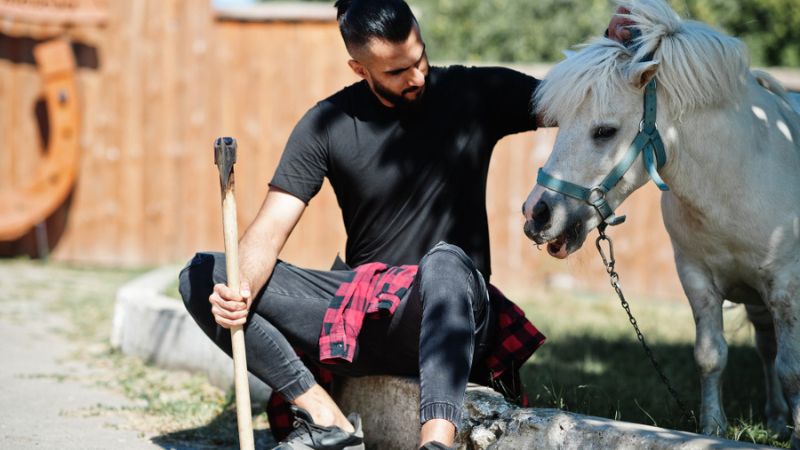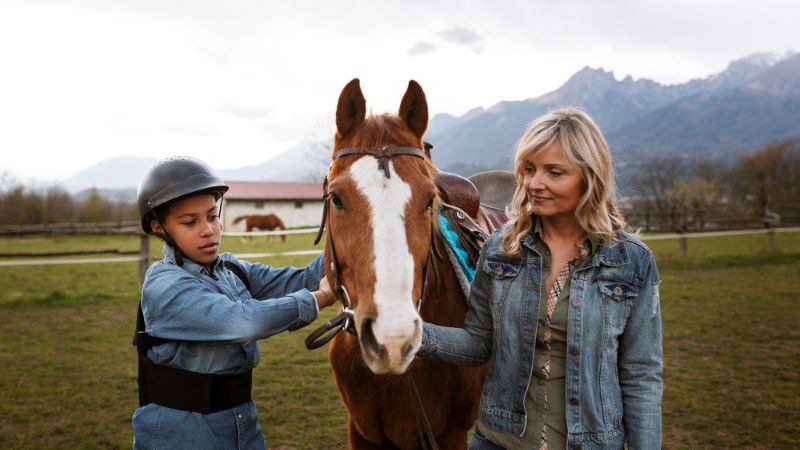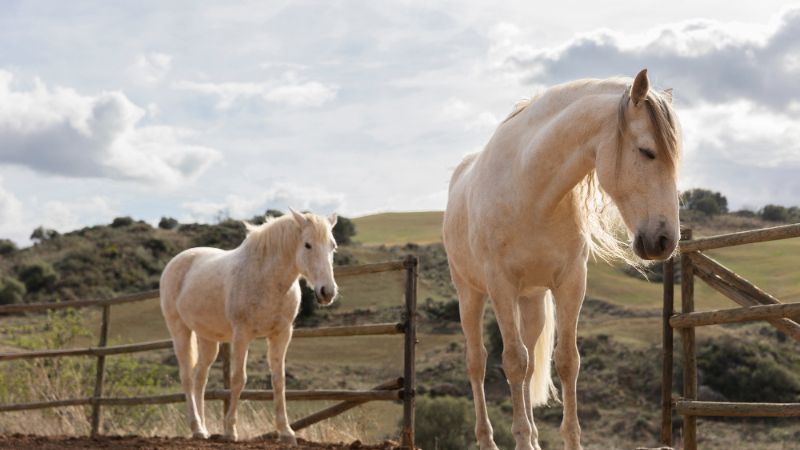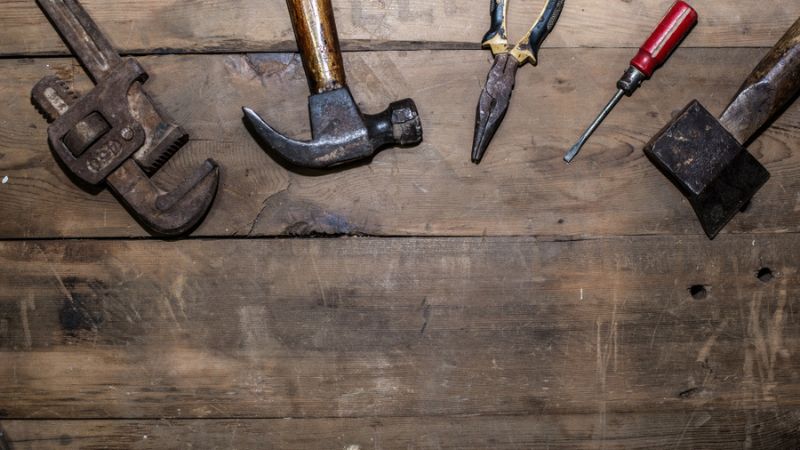How to train a cutting horse for success – Cutting, a discipline born out of the necessity for cattle management in the vast expanses of the American West, has evolved into a highly competitive equestrian sport celebrated for its agility, precision, and partnership between horse and rider. Success in cutting competitions hinges not only on the skill of the rider but also on the exceptional abilities of the horse. Training a cutting horse for success requires a comprehensive approach that encompasses both physical conditioning and mental preparation.
In this guide, we’ll delve into the intricacies of training a cutting horse to reach its full potential in the arena. From selecting the right horse with the ideal blend of athleticism and temperament to fine-tuning advanced maneuvers and strategies, each aspect of the training process plays a crucial role in achieving success.
Whether you’re a seasoned competitor aiming for the winner’s circle or a novice enthusiast embarking on your cutting journey, this guide will provide valuable insights and practical advice to help you train your cutting horse effectively and achieve your goals.
How To Train a Cutting Horse For Success
Start with a Good Foundation:

Before diving into cutting-specific training, it’s crucial to establish a strong foundation with your horse. This includes groundwork to instill good manners, respect, and trust between you and your horse. Fundamental groundwork activities include leading, backing up, submitting to pressure, and silently standing. Additionally, ensure your horse is well-schooled under saddle with basic cues such as walk, trot, canter, stop, and back-up before progressing to cutting-specific maneuvers.
Understand the Basics of Cutting:
To effectively train a cutting horse, it’s essential to have a thorough understanding of the sport of cutting. This includes knowledge of the rules, scoring system, judging criteria, and techniques used in cutting competitions. Understanding how cattle behave and how horses interact with them during a cutting run is also critical. Attend clinics, watch videos of cutting competitions, and seek guidance from experienced trainers to deepen your understanding of the sport.
Select the Right Horse:

Choosing the right horse is paramount for success in cutting. Look for a horse with a natural aptitude for cutting, including agility, athleticism, cow sense, and a strong work ethic. Evaluate the horse’s conformation, movement, and temperament to ensure they are well-suited for the demands of cutting. Consider working with a knowledgeable trainer or breeder who can help match you with a horse that fits your skill level and goals in the sport.
Read Also: 10 Best Cutting Horse Breeds For Competition
Desensitize to Cattle:
Introducing your horse to cattle in a gradual and controlled manner is essential for building confidence and trust around livestock. Start by exposing your horse to cattle from a safe distance, allowing them to observe and become accustomed to the sights, sounds, and smells of cattle. Use positive reinforcement techniques such as praise, treats, and relaxation exercises to create positive associations with cattle. Gradually increase the level of exposure and interaction as your horse becomes more comfortable and relaxed around cattle.
Teach Basic Maneuvers:
Before focusing on cutting-specific maneuvers, ensure your horse has a solid foundation in basic riding maneuvers. Teach your horse to respond promptly and willingly to cues for stopping, turning, backing up, and lateral movements. Develop softness and suppleness in your horse’s body through exercises such as circles, serpentines, and leg yields. Establish clear communication and consistent cues to help your horse understand what is expected of them under saddle.
Develop Cow Sense:
Developing cow sense is crucial for a successful cutting horse. This involves teaching your horse to read and anticipate the movements of cattle during a cutting run. Help your horse develop an understanding of cattle behavior, including how to position themselves to control the cow’s movements and make effective cuts. Practice exercises such as “boxing” and “facing” to sharpen your horse’s ability to work cattle and respond quickly to their movements.
Practice Cutting Maneuvers:
Once your horse has a solid foundation in basic maneuvers and cow sense, begin practicing cutting-specific maneuvers such as “cuts,” “stops,” and “turnbacks.” Start with slow, controlled exercises to teach your horse how to approach, track, and separate a cow from the herd. Focus on maintaining proper positioning, balance, and timing to make clean and efficient cuts. Gradually increase the speed and intensity of the exercises as your horse becomes more confident and proficient in cutting maneuvers.
Build Confidence:
Building confidence in your horse is essential for success in cutting. Encourage your horse and praise them for correct responses during training sessions. Create a positive learning environment by setting achievable goals, providing clear and consistent cues, and rewarding effort and progress. Be patient and understanding with your horse, and avoid putting them in situations that may cause fear or anxiety. Building trust and confidence between you and your horse is key to unlocking their full potential as a cutting horse.
Consistent Practice:
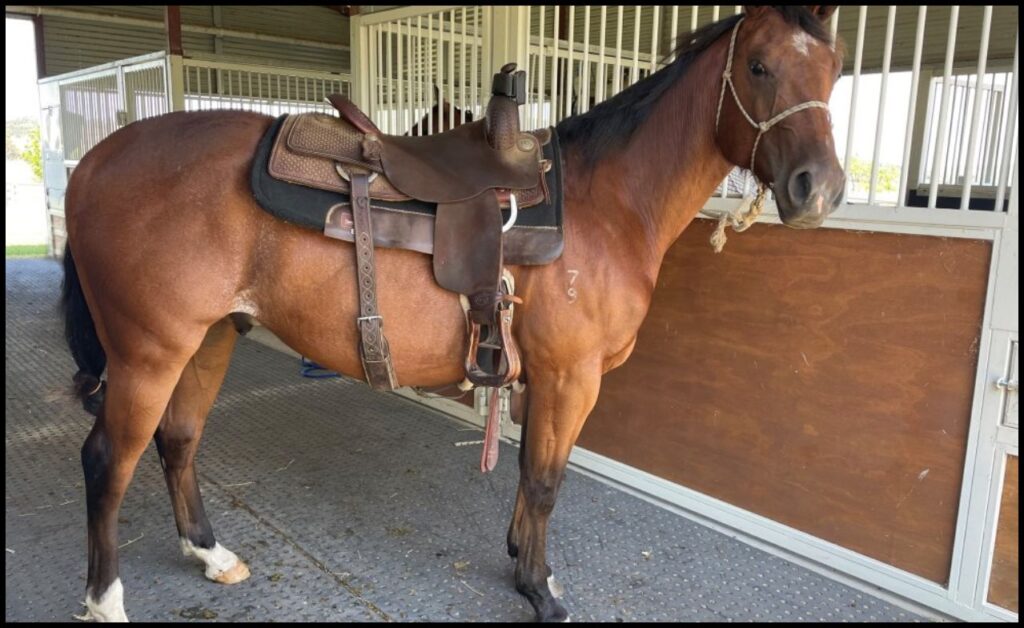
Consistent practice is crucial for developing and maintaining your horse’s skills in cutting. Schedule regular training sessions to work on cutting maneuvers, reinforce good habits, and address any weaknesses or areas for improvement. Focus on quality over quantity, and vary your training routine to keep your horse engaged and challenged. Be patient and persistent, as progress in training takes time and repetition. Consistent practice will help your horse build muscle memory, confidence, and proficiency in cutting maneuvers over time.
Seek Professional Guidance:
Consider seeking guidance from a professional cutting horse trainer who has experience in developing successful cutting horses. A knowledgeable trainer can provide valuable insight, feedback, and guidance tailored to your horse’s individual needs and abilities. They can help identify areas for improvement, refine your training techniques, and offer support and encouragement as you work towards your goals in cutting. Collaborating with a professional trainer can accelerate your horse’s progress and increase your chances of success in the competitive arena.
Conclusion
In conclusion, training a cutting horse for success is a journey that demands dedication, patience, and a deep understanding of both the horse and the sport. By following the principles outlined in this guide, you can lay a solid foundation, develop advanced skills, and navigate the challenges of competition with confidence.
Remember, success in cutting goes beyond ribbons and trophies; it’s about the bond forged between horse and rider, the pursuit of excellence, and the joy of partnership in the arena. Keep striving for improvement, stay open to learning, and enjoy every moment of the exhilarating journey ahead.
FAQs
What breeds are best suited for cutting?
Breeds like Quarter Horses and Paints are commonly used for cutting due to their agility and natural cow sense.
How long does it take to train a cutting horse?
Training timelines vary, but it typically takes several months to several years to fully train a cutting horse, depending on factors such as the horse’s age, experience, and natural ability, as well as the consistency of training.

